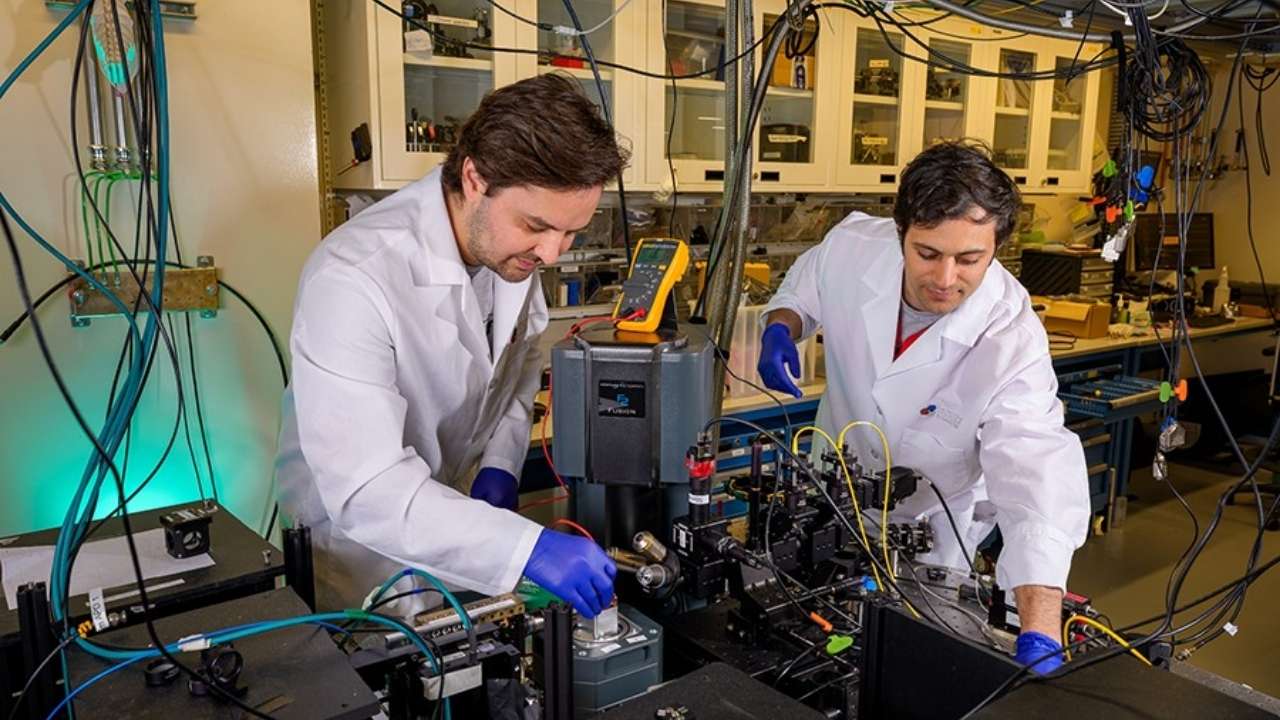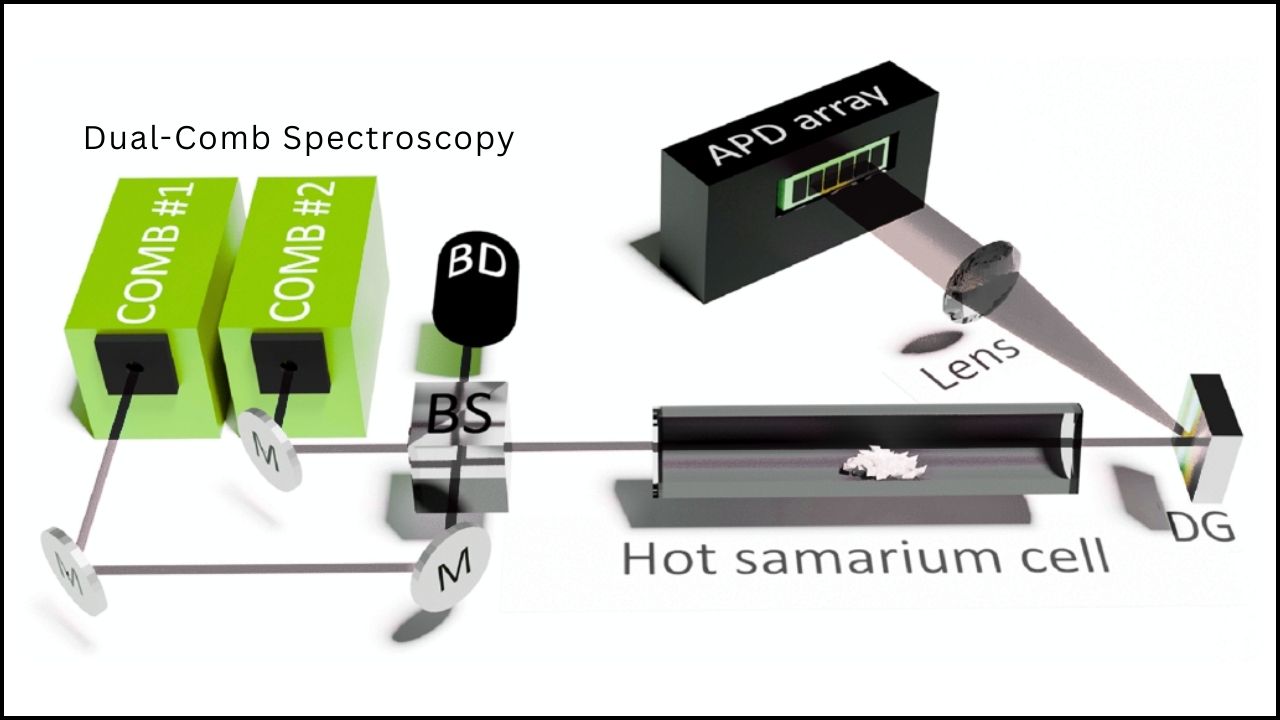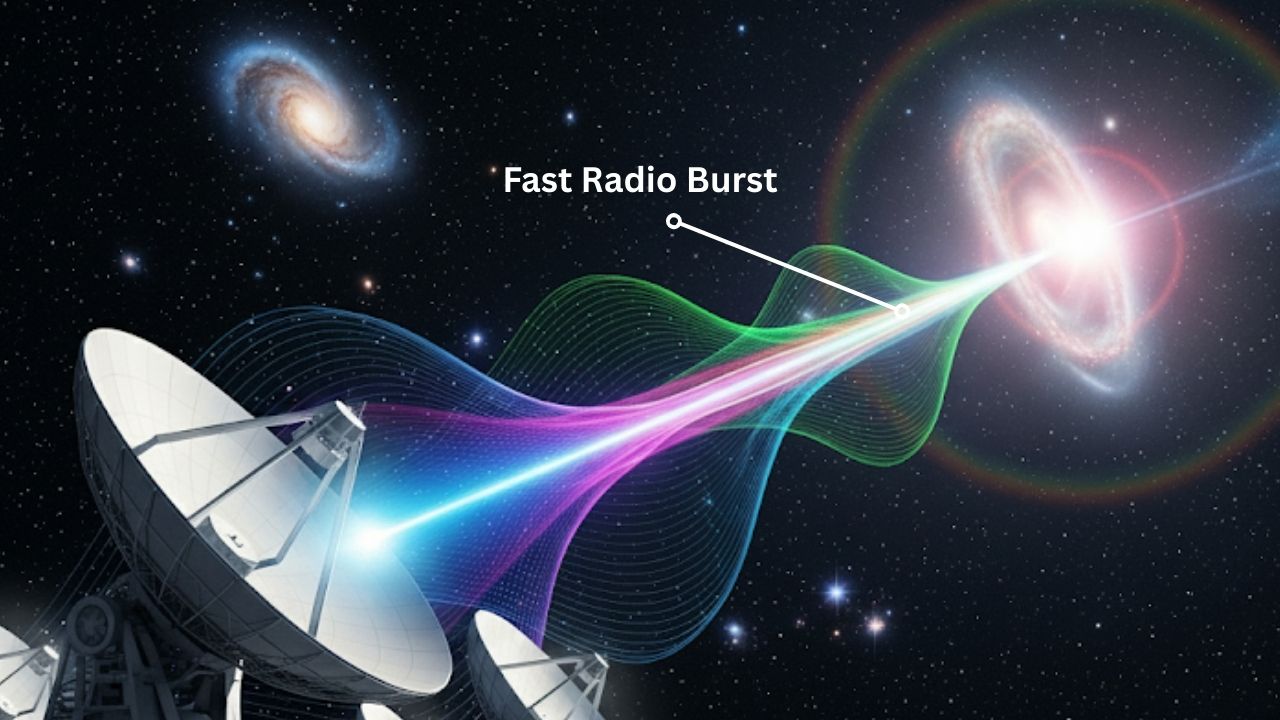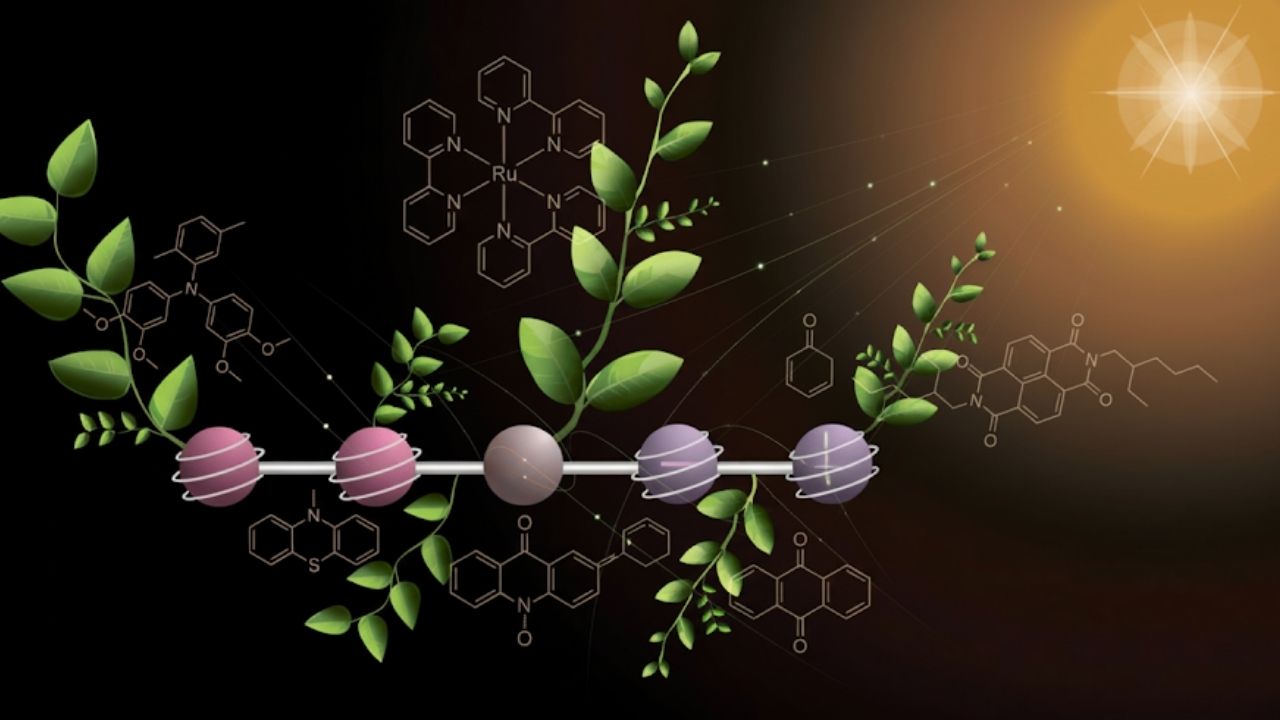SpaceX Launches UK Satellite to Manufacture Semiconductors in Space: SpaceX has made history by launching ForgeStar-1, the UK’s first in-space manufacturing satellite, aboard its Transporter-14 rideshare mission from Vandenberg Space Force Base in California. This mission, led by Cardiff-based startup Space Forge, is a giant leap forward for the UK space industry and for in-space manufacturing around the world.
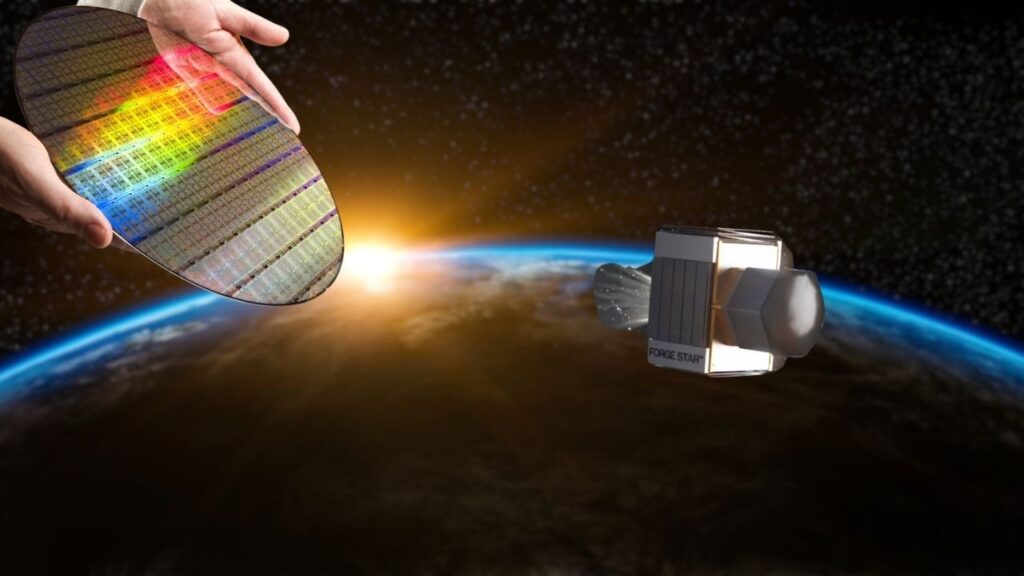
ForgeStar-1 is not just another satellite—it is a flying factory designed to create advanced materials in the unique environment of space. By using microgravity, vacuum, and extreme temperature changes, the satellite can produce ultra-pure semiconductors and other supermaterials that are impossible to make on Earth. These materials are essential for quantum technology, clean energy, and defense, and could help reduce CO₂ emissions by up to 75% for high-value infrastructure like data centers and electric vehicle charging networks. The mission also tests Space Forge’s innovative re-entry technology, paving the way for future satellites to return manufactured goods safely to Earth.
SpaceX Launches UK Satellite to Manufacture Semiconductors in Space
| Feature | Details |
|---|---|
| Mission Name | ForgeStar-1 |
| Launch Date | June 2025 |
| Launch Vehicle | SpaceX Falcon 9, Transporter-14 mission |
| Launch Site | Vandenberg Space Force Base, California |
| Manufacturer | Space Forge (Cardiff, Wales) |
| Purpose | In-space manufacturing of advanced semiconductors and supermaterials |
| Unique Conditions | Microgravity, vacuum, extreme temperatures |
| Applications | Quantum computing, clean energy, defense, data centers |
| CO₂ Reduction | Up to 75% for high-value infrastructure |
| License | First UK in-space manufacturing license (UK CAA) |
| Re-entry Tech | Pridwen heat shield for safe return |
The launch of ForgeStar-1 marks a new era for the UK and the world. By manufacturing advanced materials in space, we can create better semiconductors for quantum technology, reduce carbon emissions, and open up new opportunities for industry and innovation. This mission is just the beginning—space manufacturing could soon become a normal part of how we make the technology of the future.
Why Manufacture in Space?
Why would anyone want to make things in space? The answer is simple: space offers conditions that are impossible to recreate on Earth. In low Earth orbit, there is almost no gravity (microgravity), almost no air (vacuum), and temperatures can swing from very hot to very cold. These conditions allow scientists to grow crystals and other materials that are much purer and more perfect than anything we can make on Earth.
Imagine trying to bake a cake in a kitchen where the oven temperature changes every few seconds, and the batter floats in mid-air. That would be a disaster for baking, but for growing ultra-pure semiconductor crystals, it’s exactly what’s needed. These perfect crystals are the building blocks for quantum computers, next-generation electronics, and more.
Step-by-Step: How ForgeStar-1 Works
Let’s walk through how this groundbreaking mission works:
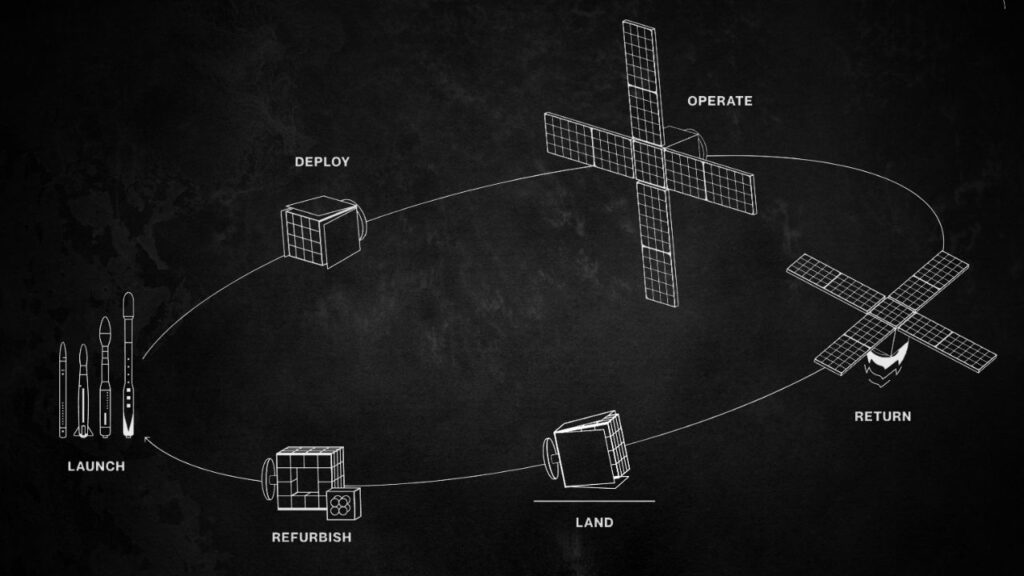
- Design and Build the Satellite
Space Forge spent over four years designing, building, and testing ForgeStar-1 in Cardiff, Wales. The satellite is about the size of a large microwave oven. - Get the Right License
ForgeStar-1 is the first UK satellite to receive an in-space manufacturing license from the UK Civil Aviation Authority. This means all safety and technical plans have been approved. - Ship to the Launch Site
The satellite was shipped across the Atlantic to the United States for integration and launch. - Launch into Space
ForgeStar-1 launched on a SpaceX Falcon 9 rocket as part of the Transporter-14 rideshare mission from Vandenberg Space Force Base. Rideshare missions make space access more affordable by carrying many small satellites at once. - Activate and Communicate
After launch, ForgeStar-1 activated and made contact with the Space Forge Mission Operations Centre in Cardiff. Engineers on the ground checked that everything was working as planned. - Manufacture in Space
The satellite uses the unique conditions of space to start manufacturing advanced materials, especially semiconductors needed for quantum technology. - Test Re-entry Technology
ForgeStar-1 is testing the Pridwen heat shield, which will allow future satellites to return safely to Earth with their manufactured goods. This is a key step toward bringing space-made materials back to factories and labs.
Why Is This Important for Quantum Technology?
Quantum technology is one of the most exciting fields in science and engineering today. It promises super-fast computers, ultra-secure communication, and new ways to solve problems that are too hard for today’s computers. But to build quantum computers and devices, we need very special materials—especially semiconductors with extremely pure and perfect crystals.
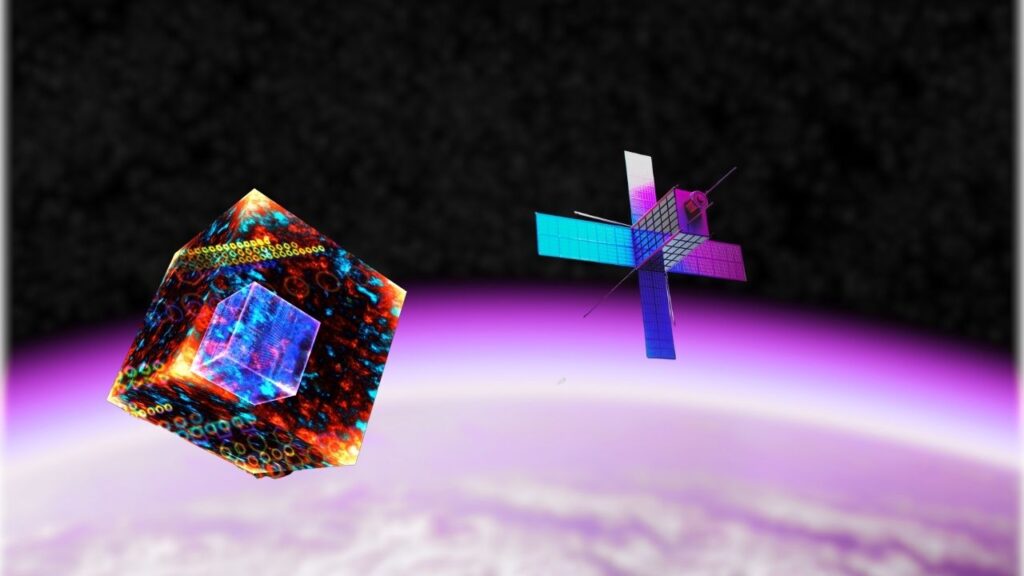
On Earth, gravity and air can cause tiny defects in these crystals. But in space, where there’s almost no gravity and no air, scientists can grow crystals that are much purer and more perfect. This means better performance for quantum devices, which could lead to breakthroughs in computing, medicine, and more.
Practical Advice: What Does This Mean for You?
If you’re a student, you might wonder: “How does this affect me?” The answer is that space manufacturing could open up new careers in science, engineering, and technology. If you’re interested in space, computers, or making new things, this could be a great field to explore.
For professionals, this mission shows that the UK is leading the way in new types of manufacturing. It could create new jobs, new industries, and new opportunities for businesses that want to use space-made materials.
Guide: How to Get Involved in Space Manufacturing
- Learn About Space and Materials Science
Take classes in physics, chemistry, and engineering. Follow space news and companies like Space Forge. - Explore Space Careers
Look for internships or apprenticeships with space companies. Consider studying aerospace engineering, materials science, or quantum technology. - Stay Informed
Visit the Space Forge official website for updates and resources. Read articles and watch videos about space manufacturing. - Get Inspired
Think about how you could use space-made materials in your own projects or inventions.
Quantum Computing Milestone Achieved, Immediately Challenged by Supercomputer
Microsoft Declares the Beginning of the Logical Qubit Era in Quantum Computing
FAQs About SpaceX Launches UK Satellite to Manufacture Semiconductors in Space
Q: What is ForgeStar-1?
A: ForgeStar-1 is the UK’s first in-space manufacturing satellite, built by Space Forge in Cardiff, Wales. It was launched in June 2025 to produce advanced materials in space.
Q: Why manufacture in space?
A: Space offers microgravity, vacuum, and extreme temperatures, which allow scientists to make materials that are purer and more perfect than those made on Earth.
Q: What materials will ForgeStar-1 make?
A: ForgeStar-1 will produce advanced semiconductors and other supermaterials needed for quantum computing, clean energy, and defense.
Q: Will ForgeStar-1 return to Earth?
A: ForgeStar-1 is mainly a test mission and won’t return to Earth, but it will test re-entry technology for future missions that will bring materials back.
Q: How does this help reduce CO₂ emissions?
A: Manufacturing certain materials in space could reduce CO₂ emissions by up to 75% for high-value infrastructure like data centers.
Q: How can I get involved in space manufacturing?
A: Study science, engineering, or materials science, and look for opportunities with space companies like Space Forge.
